Victims of negligence: Queensland 2011 flood victims win class action worth hundreds of millions
Dam engineers didn’t follow the manual they helped write, says judge as 6800 flood victims win lawsuit worth hundreds of millions.
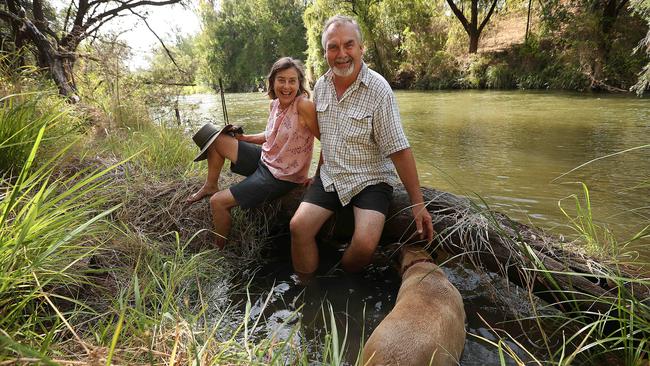
The Queensland government was last night scrambling to respond to the legal victory of thousands of victims of the devastating 2011 Brisbane floods, a decision that could cost the state hundreds of millions of dollars in compensation payments.
As flood victims celebrated after years pursuing a complicated class-action suit against the government and its water management agencies, the financial implications of the NSW Supreme Court decision to uphold their claim were still being assessed.
READ MORE: Justice at last for flood victims | Scrapping defective dam a live option |
Supreme Court judge Robert Beech-Jones found the operation of Wivenhoe Dam was negligent in the lead-up to the deluge, with dam operators failing to take into account rainfall forecasts in the days leading up the flood. This failure contributed to the downstream flooding of parts of Ipswich and Brisbane.
READ MORE - How The Australian broke the story: Water releases before deluge too low | Dam’s releases blamed for inundation | The flood uncovered | What the floods inquiry didn’t hear | The great Wivenhoe debacle |
Two exposed false flood reports | Class action to seek flood compo | Dam case built on ‘failures in flood’ | Flood compo ruling respected: Newman | Floods QC kept in dark on affair
Deputy Opposition Leader Tim Mander demanded Premier Annastacia Palaszczuk apologise for the “incompetence” of the Bligh government — in which she was a minister — and explain how her cash-strapped administration would pay for the compensation.
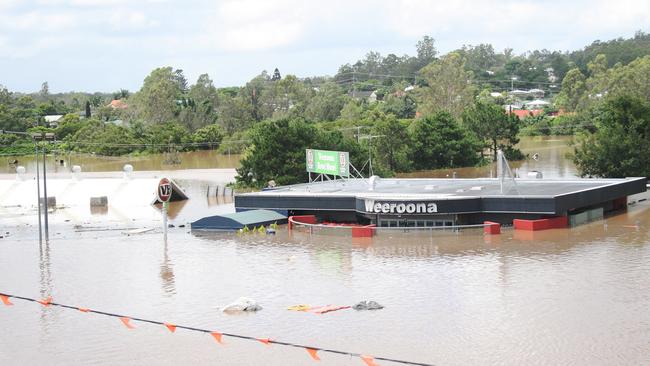
“The Labor government was responsible for the management of Wivenhoe Dam during the 2011 floods and they blew it,” Mr Mander said. “Labor’s incompetence has put lives at risk and ruined thousands of homes and businesses.”
The only official response from the government yesterday was a short statement by Attorney-General Yvette D’Ath saying it acknowledged the court’s decision. “The government will closely examine the judgment before making any comment on a possible appeal,” Ms D’Ath said.
Pine Mountain Nursery manager John Craigie, whose investigations were crucial to the spotlight being shone on the role the operators of the dam played in contributing to the magnitude of the flood, described the decision as bittersweet. Mr Craigie — denied an appearance at the year-long royal commission-style inquiry into the floods run by now Queensland Chief Justice Catherine Holmes — forced a reopening of public hearings and rewriting of its findings that initiated the class action.
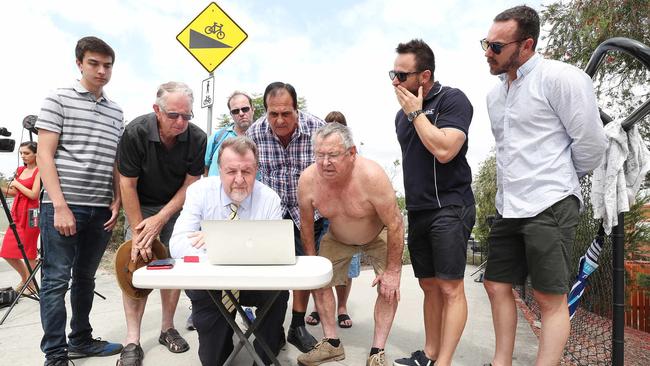
Mr Craigie said it was the discovery of the documents and collaboration with The Australian’s Hedley Thomas and retired chemical engineer Mick O’Brien that laid the groundwork for the class-action win. “Had I not done the research that opened the way for a reopening of the flood inquiry there probably would not have been sufficient evidence to initiate a class action,’’ he said.
The decision is a victory for the more than 6800 claimants who sued the Queensland government, and dam managers SEQwater and SunWater over the scale of the disaster. Justice Beech-Jones accepted engineers tasked with managing Wivenhoe and Somerset dams in the lead-up to and during a “biblical” deluge in January 2011 failed in their duty of care. He said they did not follow the dam operating manual that they themselves had helped write.
No cost decision has been made, with the case to return to court in February for a costs hearing.
The decision follows the findings by the Floods Commission of Inquiry that Wivenhoe Dam had been operated in breach of its operational manual.
The inquiry found that the dam operators had failed to use rainfall forecasts in making decisions about dam operating strategies.

The status of an estimated $1.5bn in insurance payments distributed to victims since the flood is also unclear, with Insurance Council of Australia spokesman Campbell Fuller saying insurers “will review today’s decision for its commercial implications”.
Queensland Law Society president Bill Potts said while SunWater and SEQwater did have legal liability insurance that could cover the compensation, it could be capped to a certain monetary value. But Mr Potts said the state government was effectively self-insured and did not take out external insurance because it was such a large entity. He said it was likely the government would have to fund any compensation through its cash reserves, borrowing more money, creating a new levy, or increasing various taxes.
Mr Potts said defeated parties would consider whether there were grounds to appeal. “No doubt all of the parties will consider whether there’s been any error in the judgment or evidence which has been excluded that should have been included; they effectively have 28 days to appeal to the NSW Court of Appeal,” he said.
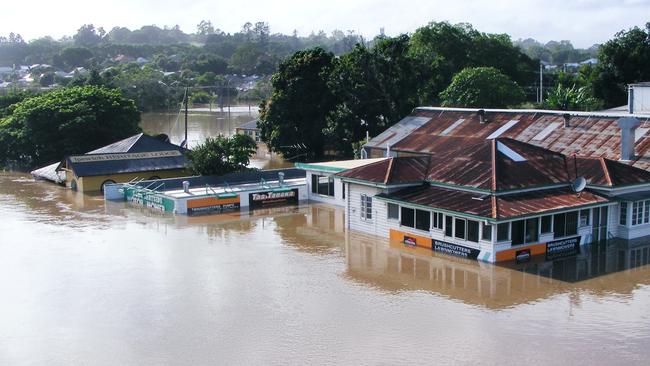
There were tears from some victims as the ruling was delivered, almost nine years after a disaster that devastated so many families.
Goodna retiree Frank Beaumont, 77, mulled over the years of distress he suffered after his home went under. “The mental stress has been horrendous,” Mr Beaumont said in Ipswich. “We’ve had so many trodden-down moments where the insurance didn’t pay, being kicked out of a rental home and then having to rebuild an absolutely devastated house.”
After Maurice Blackburn lawyers get paid, and their litigation funders, IMF Bentham and Innsworth, take their share of the damages payout, the rest will be shared between the class-action claimants. It is unlikely to be equal, with compensation to be based on the level of damage and financial loss.
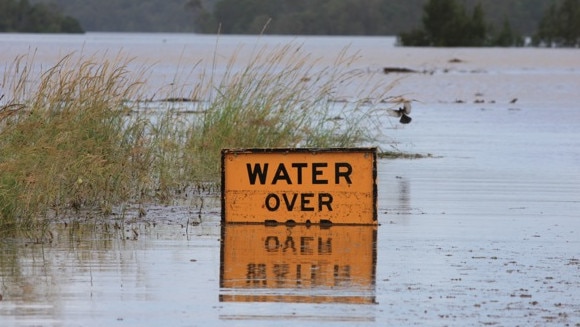
The class action was filed by Maurice Blackburn in July 2014, with the trial starting in the Supreme Court of NSW in December 2017 and running for nearly 18 months. The litigation had to be filed interstate because, at the time, class actions could not be filed in Queensland.
Additional reporting: Elias Visontay, AAP




To join the conversation, please log in. Don't have an account? Register
Join the conversation, you are commenting as Logout